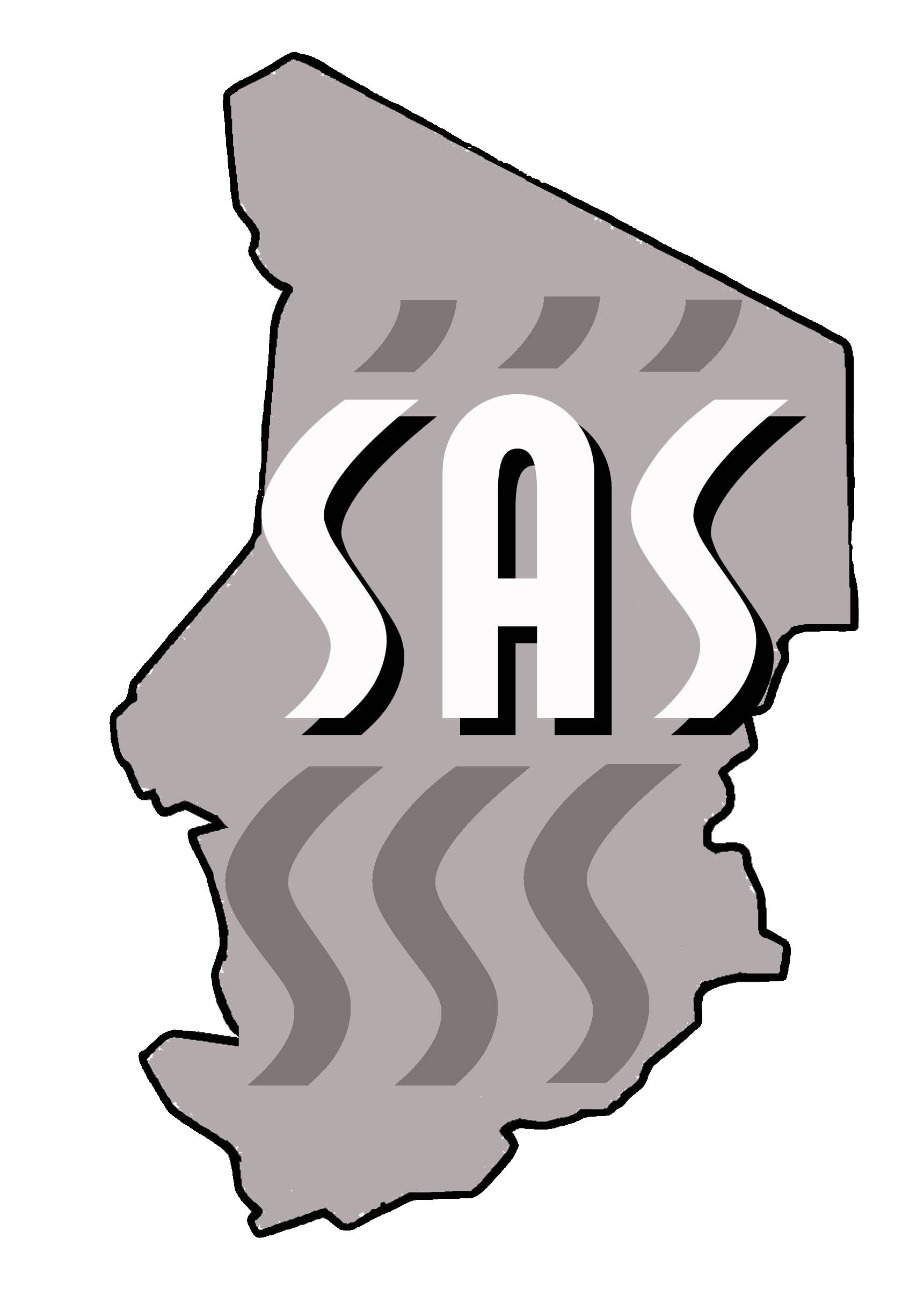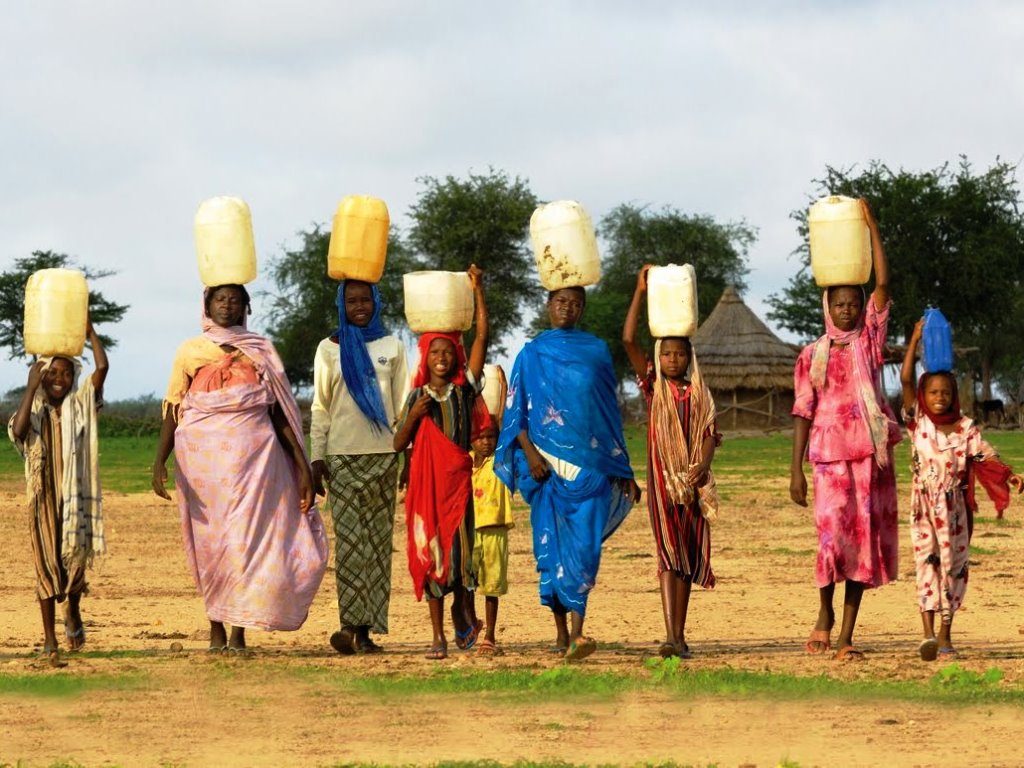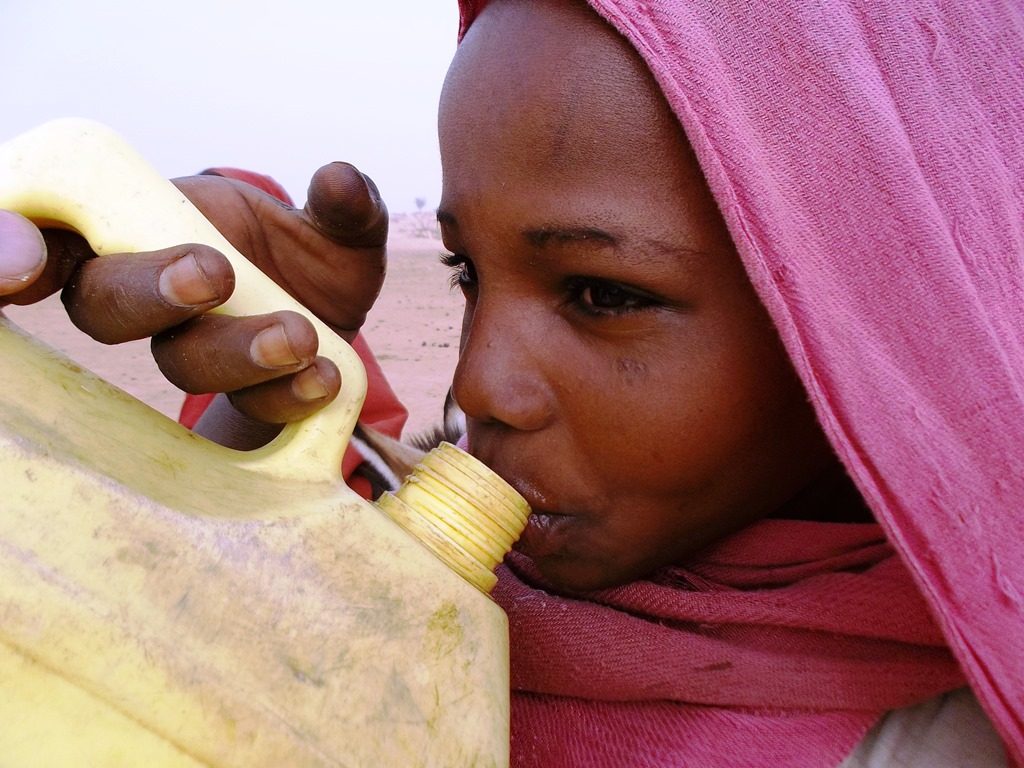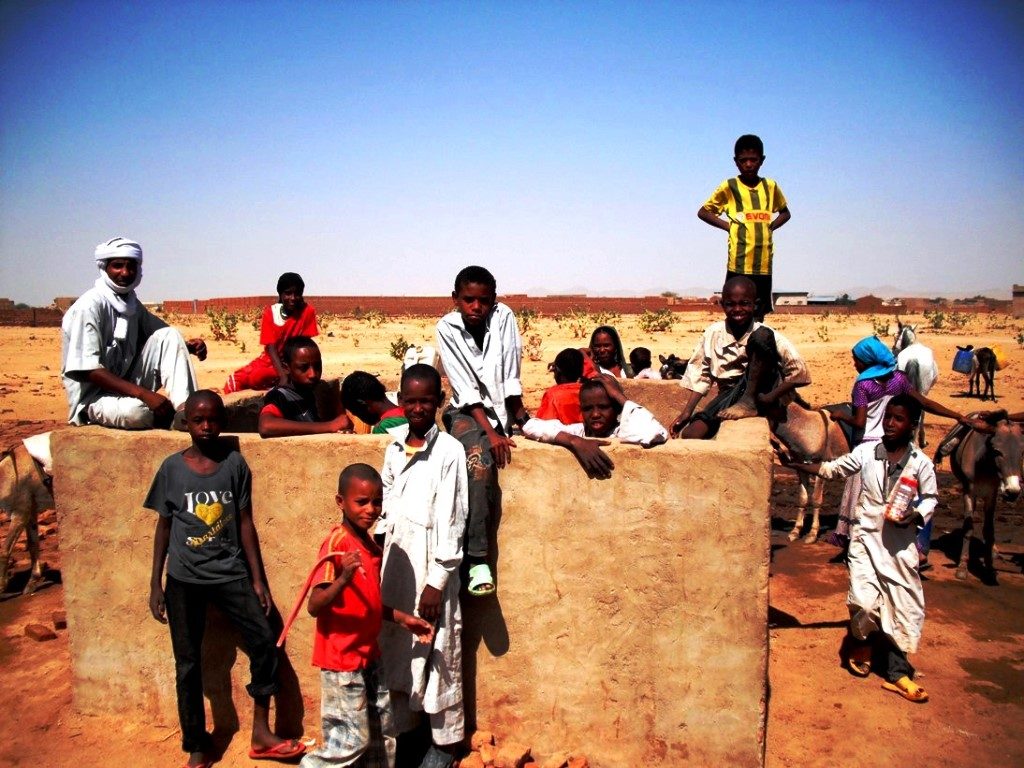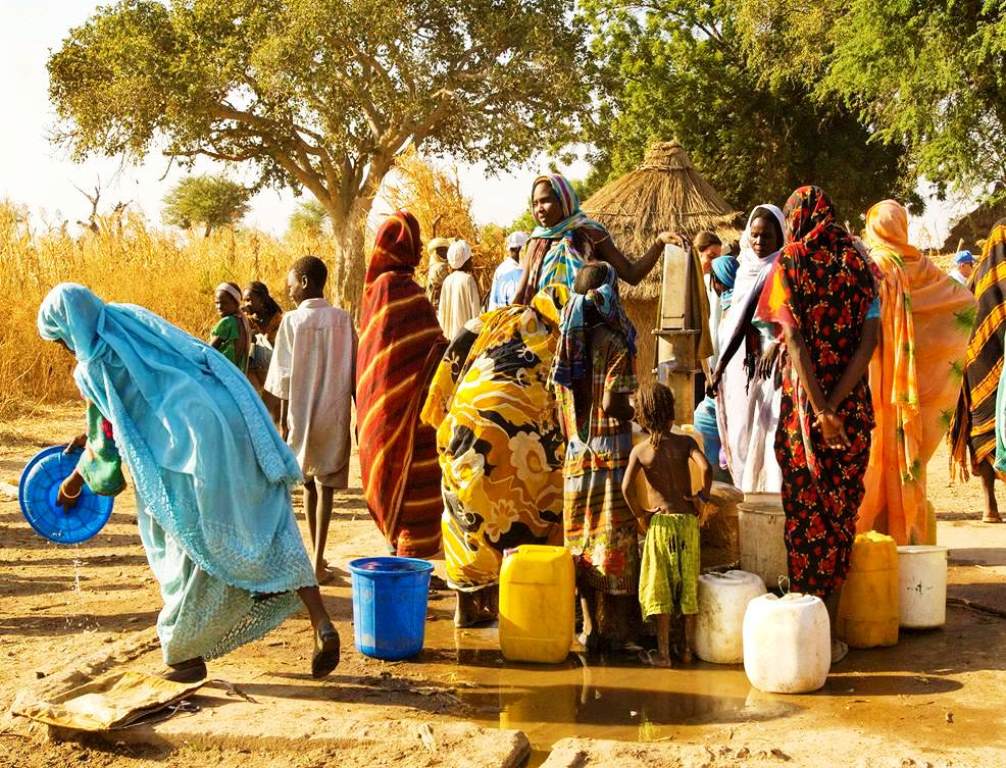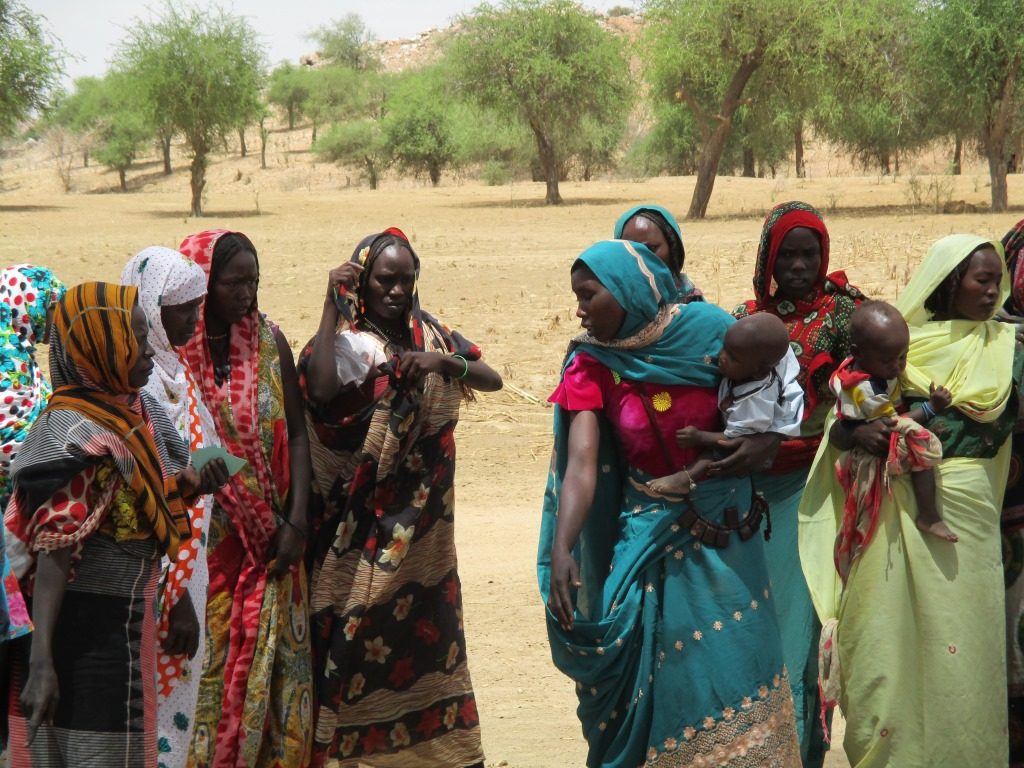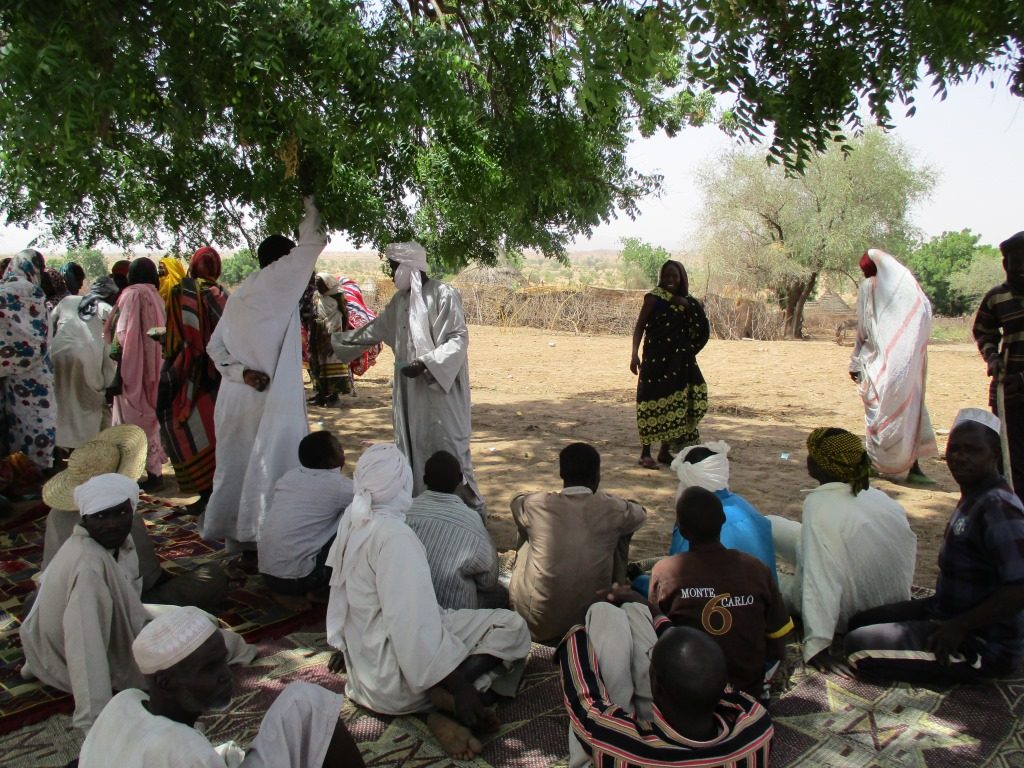Introduction
This year-end report is a combination of updates from each of our projects. Together, they show the diversity of our activities as well as our desire to achieve our common vision:
“Reaching and transforming communities using education and development.”
The slogan of our association
We would like to thank all those who contributed during the past year to our common objectives.
Map of the primary locations where we work
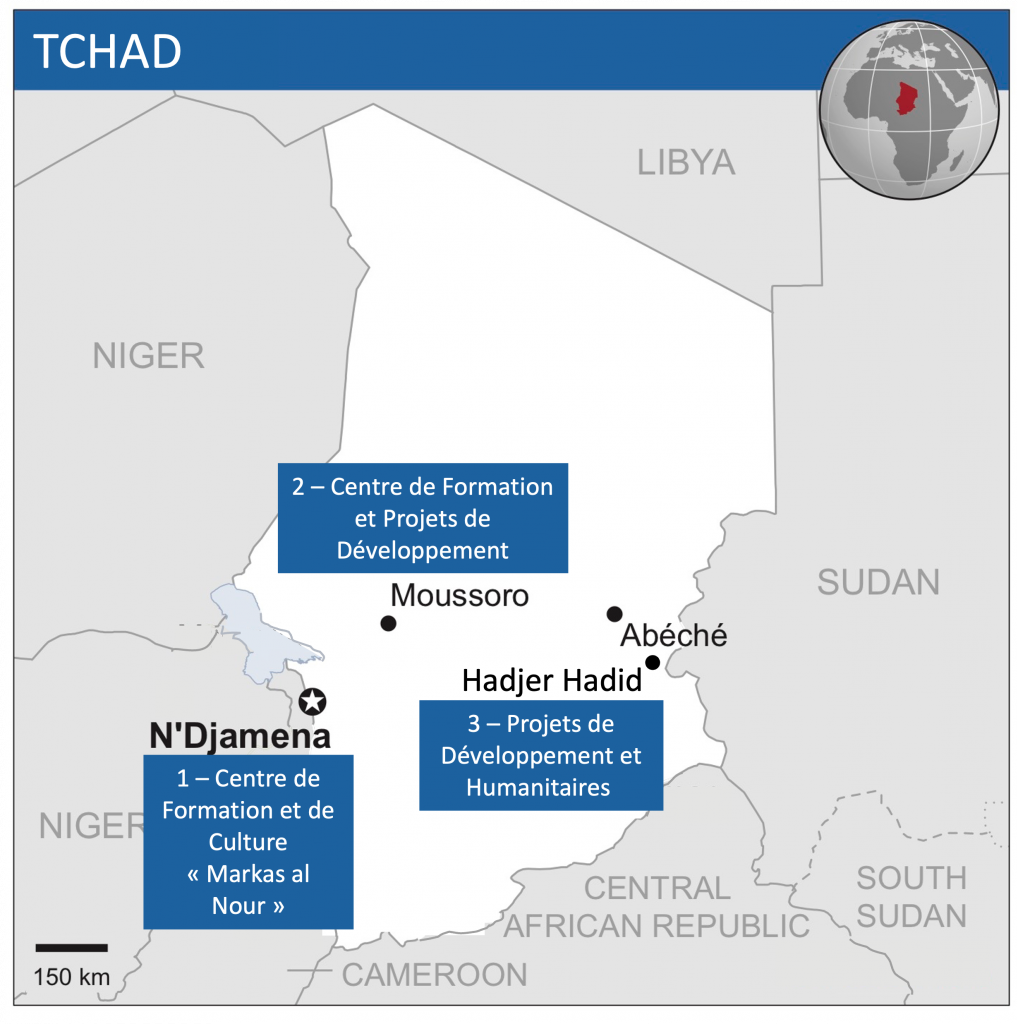
Report sections
The different sections of the year-end report can be downloaded below.
Conclusion
“There is a time for everything and a season for every activity under the heavens.” Ecclesiastes 3:1
2021 saw a new start for Markas al Nour in N’Djamena with the appointment of a new director in August. Classes and other activities were less in the Bahr el Gazel in 2021 compared to 2020. Water and community-led total sanitation continued in the Ouaddai with the same rhythm as before.
The transformation we would like to see in coming, but has not yet been achieved, so we will continue to work hard in the coming years. In the meantime, we hope that you appreciate reading the report about what we’ve accomplished in 2021.
N’Djamena, the 27th of March 2022
The Secretary General of SAS
